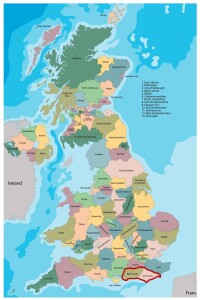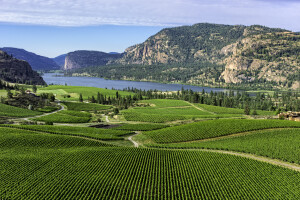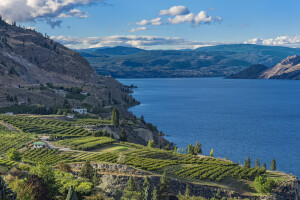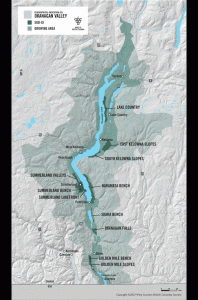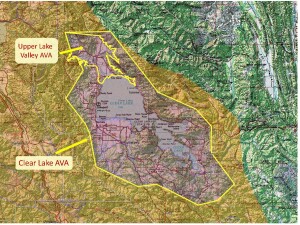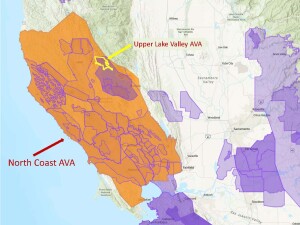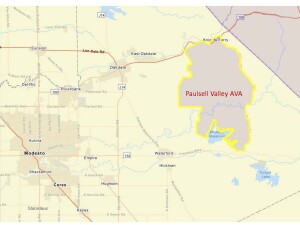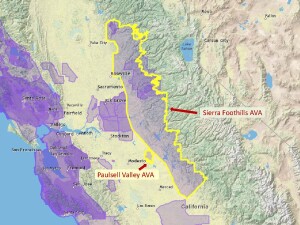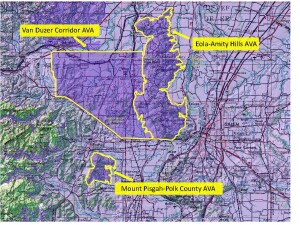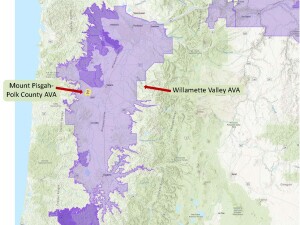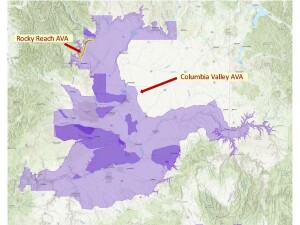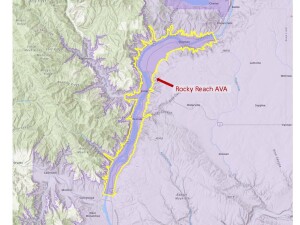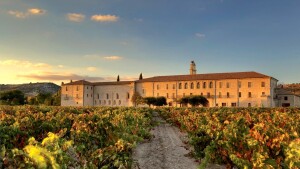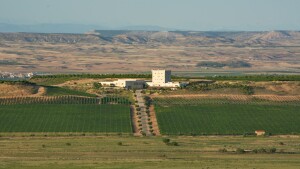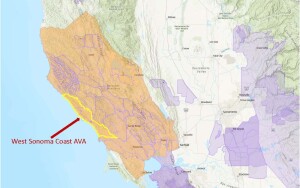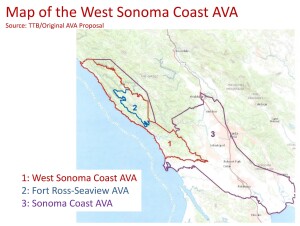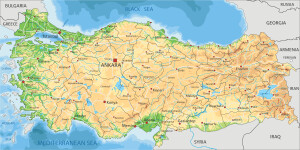 The government of Turkey (the country) has officially changed the English name of the country to Türkiye (tur-key-YAY), the spelling and pronunciation used in the Turkish language. As of June (2022), the United Nations has approved the change and mapmakers everywhere are sure to follow suit.
The government of Turkey (the country) has officially changed the English name of the country to Türkiye (tur-key-YAY), the spelling and pronunciation used in the Turkish language. As of June (2022), the United Nations has approved the change and mapmakers everywhere are sure to follow suit.
Wine lovers recognize Türkiye as a transcontinental Eurasian country located in the Caucasus Region. Situated just to the south/southwest of Georgia, Türkiye is among the oldest wine-producing regions of the world.
Türkiye is home to over 600 Indigenous vinifera varieties; of these, at least 60—including Yapıncak (white), Papazkarası (red), Öküzgözü (red), Boğazkere (red), and Çalkarası (red)—are used for commercial wine production. International varieties—to include Sauvignon Blanc, Chardonnay, Pinot Gris, Merlot, and Cabernet Sauvignon—are also grown.
According to the OIV, as of 2018, the country contained 448,000 hectares of vines. The country is consistently among the top ten countries in the world in terms of vineyard acreage. However, Türkiye is also one of the leading global producers of table grapes and raisins—so only a portion of the vineyard crop is used for wine.
Students of distilled spirits will recognize Raki—an anise-flavored spirit as the national drink of Türkiye. When mixed with ice or water, raki turns milky white and due to this color, its sturdy levels of alcohol—many versions are 45% to 50% abv—and a plethora of local legends, raki is often referred to as lion’s milk (aslan sütü). Raki was originally produced from the pomace left over from winemaking. However, when pomace was in short supply, spirits were imported and processed with aniseed. Today, high-quality raki is produced from grapes—primarily of the Sultana and Razaki varieties, both of which are primarily table grapes and likely native to the country.
References/for more information:
- https://www.npr.org/2022/06/03/1102841197/turkey-changes-its-official-name-to-turkiye
- https://www.euronews.com/my-europe/2022/06/02/turkey-asks-united-nations-to-officially-refer-to-it-as-turkiye
Post authored by Jane A. Nickles…your blog administrator: jnickles@societyofwineeducators.org


